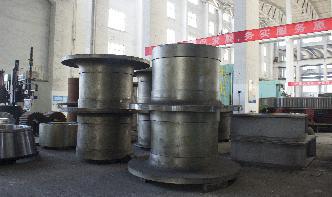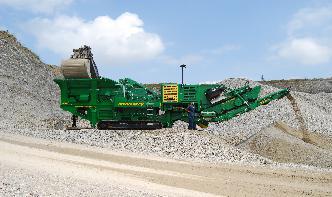
Complete Plant For Milling Various Calcium Carbonate Products South Carolina Since its acquisition by Glacier Media in April of 2018, we have been working hard on developing exciting new products, and updating our legacy products to better serve the Mining Industry.

the optimum milling time for reaching a nanometer scale was chosen as 2 hours considering the fact that the particle size before planetary ball milling was approximately in the range of 1000 to 6000nm. XRD Characterization Figure 2 represents the XRD pattern for eggshells, which verifies the presence of pure calcium carbonate (CaCO 3) phase.

Comment: This reaction is the principle involved in the detection of carbonate ion present in a given salt. Calcium carbonate is present in the marble stone. This is decomposed to carbon dioxide when come into contact with acids. Hence the effervescence is observed when acids are dropped on the floor.

Jul 24, 2017· The calcium carbonate fillers are added to natural rubber (NR) latex compound in order to reduce the cost of the compound. The CaCO3 powder need to be prepared in dispersion form before added into the latex medium to avoid the instability of the NR latex compound.

Calcium Carbonate Grinding Process. being processed by calcium carbonate griding equipment,whether the calcium carbonate micro powder can reach the fineness requirement . can meet the needs of the calcium carbonate processing equipment unit time. carbonate milling equipment must also meet the needs of environmental protection.

In general, calcium carbonates exist either in the form of amorphous calcium carbonate (ACC) or one of the three polymorphs, namely, calcite, aragonite, and vaterite (Figure 1). Two hydrated phases of calcium carbonate, monohydrate (CaCO 3 ⋅H 2 O), and hexahydrate of calcium carbonates (CaCO 3 ⋅6H 2 O) are also possible forms of hydrated calcium carbonates.

For final application, the calcium carbonate or limestone material must be crushed and pulverized for size reduction. Calcium carbonate grinding mill is available with different types for producing various particle sizes, including ball mill, Raymond mill, high pressure mill, trapezium mill, ultrafine mill, coarse powder mill, vertical mill etc.

Effect of dispersion preparation technique of calcium carbonate (CaCO3) fillers on mechanical properties of natural rubber (NR) latex films Conference Paper in AIP Conference Proceedings 1865(1 ...

Jun 07, 2014· In this video I will be demonstrating the simple, yet useful synthesis of Calcium Carbonate, which I will later use to make Calcium Nitrate.

Preparation: Calcium carbonate is mainly obtained from its various natural mineral sources by mining and processing. It is also prepared by chemical synthesis by reacting quicklime (calcium oxide, CaO) with water to give calcium hydroxide (Ca(OH) 2 ), which is then treated with carbon dioxide to precipitate the calcium carbonate salt.

Preparation of primary standard calcium solution: 1. The primary standard calcium carbonate should be dried at 150 degrees °C for at least 1 hour. (Note the analytical purity on the bottle.) 2. 3 x / 3. Place the beaker in the hood and add 6M .

Calcium is a mineral that is found naturally in foods. Calcium is necessary for many normal functions of the body, especially bone formation and maintenance. Calcium carbonate is used to prevent or to treat a calcium deficiency. There are many brands and forms of calcium carbonate available. Not all brands are listed on this leaflet.

Aug 01, 2010· Nanosized calcium phosphates with Ca/P ratios of to were prepared using a spray drying method. Microstructural analyses results revealed the Ca/P = 1 materials to be DCP only, while Ca/P = to materials to be amorphous calcium phosphates containing varying amounts of acid phosphate and carbonate.

The precipitate is calcium carbonate, which is chalk and is also in eggshells, seashells, and coral. Looking at the chemical equation, the products are calcium carbonate, sodium chloride, water, and carbon dioxide. Carbon dioxide leaves the reaction as a gas and sodium chloride dissolves in the water, so the precipitate must be calcium carbonate.

Calcium carbonate (CaCO3) content of limestone 1. Preparation and standardization of HCl. (Your instructor may provide HCl of known molarity. If so, skip this step and proceed to step 2.) a. Add between and mL 6 M HCl to about 100 mL deionized water and dilute to a total volume of 200 mL Mix well. This is approximately M HCl. b.
